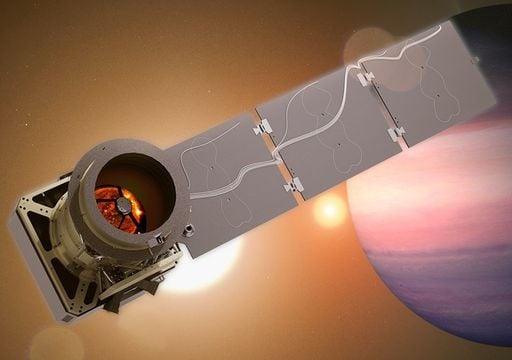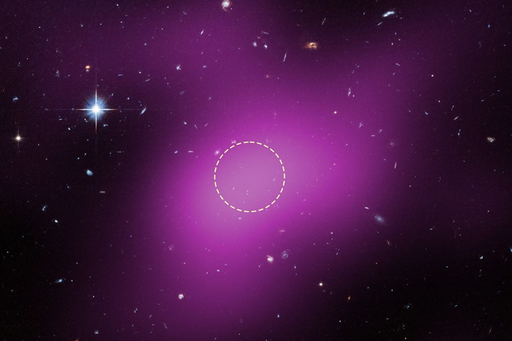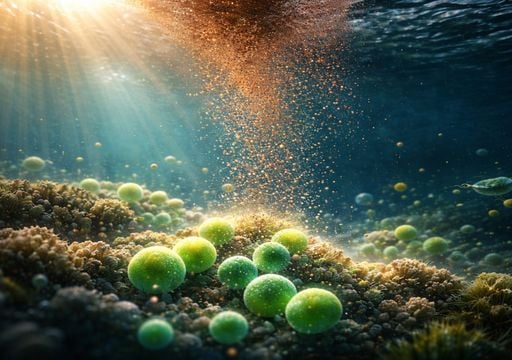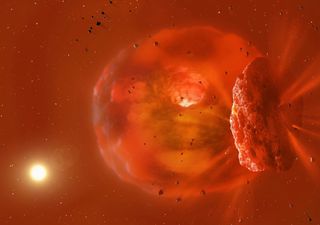Neutron star merger spews out heavy elements in second-brightest gamma-ray burst ever recorded
A merger of two neutron stars offers a new explanation for how heavy elements are created in outer space. Find out more here!
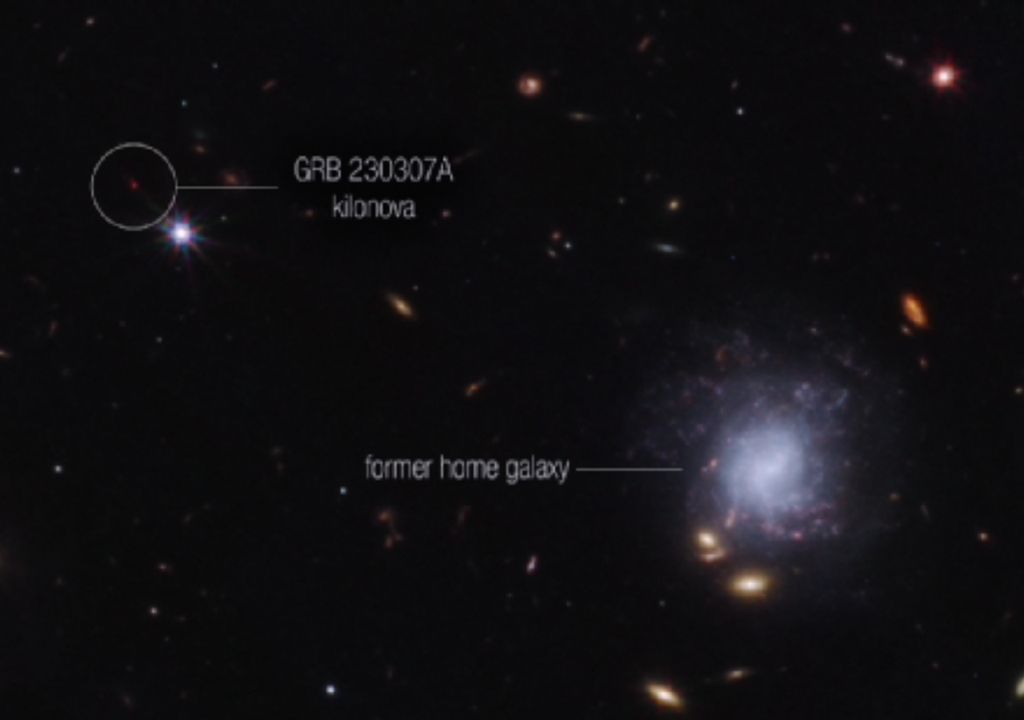
A massive explosion between two dense neutron stars booted out of their host galaxy created rare chemical elements vital for life and has shed new light on how heavy elements are made.
The neutron stars travelled the equivalent of the Milky Way galaxy’s diameter before merging in a kilonovae explosion. The blast resulted in the second-brightest gamma-ray burst (GRB) ever seen and expelled the heavy element tellurium, alongside iodine and thorium, both needed to sustain life on Earth.
Rare and hard to observe
GRBs come from powerful jets travelling at almost the speed of light, in this case driven by a collision between two neutron stars, explains Dr Ben Gompertz, Assistant Professor of Astronomy at the University of Birmingham, and co-author of the Nature study.
“These stars spent several billion years spiralling towards one another before colliding to produce the gamma-ray burst we observed in March this year,” he adds. “Colliding neutron stars provide the conditions needed to synthesise very heavy elements, and the radioactive glow of these new elements powered the kilonova we detected as the blast faded. Kilonovae are extremely rare and very difficult to observe and study, which is why this discovery is so exciting.”
GRB 230307A lasted roughly 200 seconds, making it a long-duration GRB, and was over a million times brighter than the entire Milky Way Galaxy combined. Typically, GRBs are short-lived, lasting less than two seconds.
“Until recently, we didn’t think mergers could power gamma-ray bursts for more than two seconds,” Gompertz adds. “Our next job is to find more of these long-lived mergers and develop a better understanding of what drives them – and whether even heavier elements are being created. This discovery has opened the door to a transformative understanding of our universe and how it works.”
Observations were made by Fermi Gamma-ray Space Telescope and followed up with ground and space-based telescopes, including James Webb Space Telescope, Neil Gehrels Swift Observatory and the University of Warwick and University of Sheffield’s ULTRACAM instrument at the European Southern Observatory, which pinpointed the source on the sky and tracked how its brightness changed.
Kilonova hallmarks
Spectroscopic observations showed the visible light the source emitted was faint, evolved quickly, and transitioned from blue to red, and then infrared – the hallmarks of a kilonova.
“Kilonovae form when heavy elements, such as gold and uranium form in the aftermath of the merger of two stars the mass of the Sun, but the size of a city. They rapidly expand and cool with the peak of their light quickly moving from the optical to the infrared,” said Professor Danny Steeghs, Department of Physics, University of Warwick.
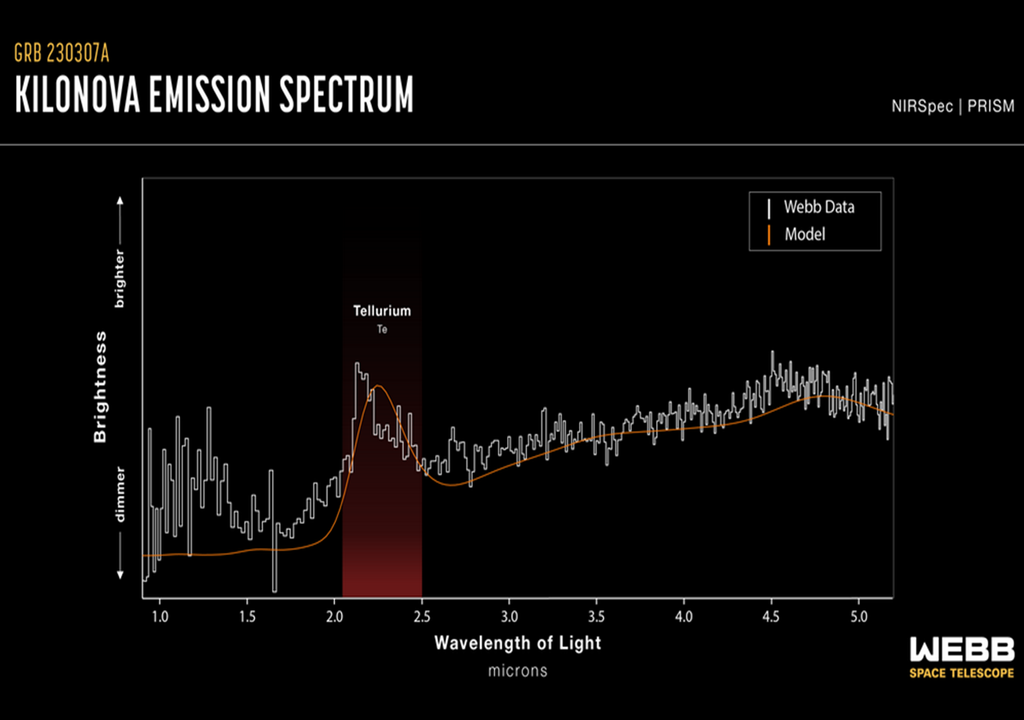
This finding marks only the second time individual heavy elements have been detected after a neutron star merger, providing invaluable insight into how these vital building blocks needed for life are formed.
“Just over 150 years since Dmitri Mendeleev wrote down the periodic table of elements, we are now finally in the position to start filling in those last blanks of understanding where everything was made,” explains Andrew Levan, Professor of Astrophysics at Radboud University and lead author of the study.
“This is an important next step in our understanding of the role binary neutron star mergers play in terms of populating the periodic table of elements,” concludes Professor Danny Steeghs, Department of Physics, University of Warwick.
